As baseball becomes an increasingly analytical sport, bettors looking to make informed Major League Baseball (MLB) prop bets need to arm themselves with deep knowledge about the many variables that can impact the game. One often debated question is whether a batter facing consecutive right-handed or left-handed pitchers leads to fewer strikeouts. Here’s an exploration of this complex issue, and its implications for your next round of MLB prop bets.
Historically, it’s a commonly held belief in baseball that batters generally perform better when they face a pitcher with an opposite-handed throw. This concept, known as platoon advantage, is based on the fact that a batter tends to have more time to see the ball and thus react when it comes from an opposite-handed pitcher. In turn, this could theoretically reduce the likelihood of a strikeout. So, if a right-handed batter has faced a series of right-handed pitchers and suddenly a lefty steps on the mound, the advantage swings in favor of the batter, and vice versa.
However, the situation becomes more complex when we consider batters facing consecutive righties or lefties. Recent statistical studies suggest that continuous exposure to the same type of pitcher can help a batter adjust, reducing their chances of striking out. It’s a sort of ‘practice makes perfect’ scenario: the more a batter sees right-handed or left-handed pitches, the better they get at predicting and responding to them.
In a recent study, it was found that both right-handed and left-handed batters experienced a slight decrease in strikeout rate when they faced the same type of pitcher consecutively. However, the decrease was more significant among left-handed batters facing consecutive lefties, suggesting that repetition plays a crucial role in enhancing a batter’s performance.
So, what does this mean for your MLB prop bets? Essentially, you should consider the previous pitching matchups faced by a batter when betting on strikeout-related props. For instance, if a left-handed batter has been up against several consecutive lefties, he might be a less likely candidate for striking out in his next at-bat against another lefty. Conversely, a batter facing a string of opposite-handed pitchers might be at a higher risk of striking out due to the lack of exposure and adjustment.
However, like any good bettor knows, there are myriad other factors that come into play, such as a batter’s career strikeout rate, their performance against specific pitchers, and even the atmospheric conditions of the ballpark on a given day. Moreover, the individual skill and style of the pitcher cannot be underestimated. Some pitchers have killer sliders that are hard to hit regardless of the batter’s exposure to same-handed pitchers.
In conclusion, when it comes to MLB prop bets and the rate of strikeouts, facing consecutive righties or lefties does seem to influence the outcome. While the effect is not overwhelmingly large, in the world of betting, every little edge counts. Being aware of these subtleties can add another level of sophistication to your betting strategy, increasing your chances of hitting a home run with your next wager.
Remember, however, that while stats and trends provide valuable insights, they should be used as one tool among many in your betting toolbox. The inherently unpredictable nature of baseball – and indeed all sports – is part of what makes it such an exciting proposition for bettors around the world. And that’s a bet you can safely place any day of the week.




